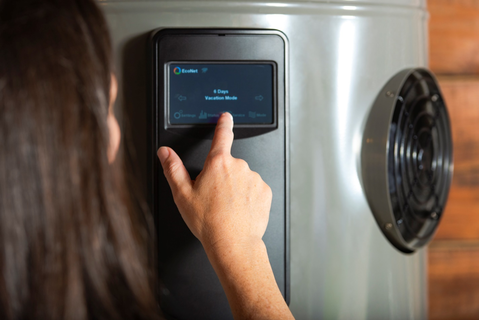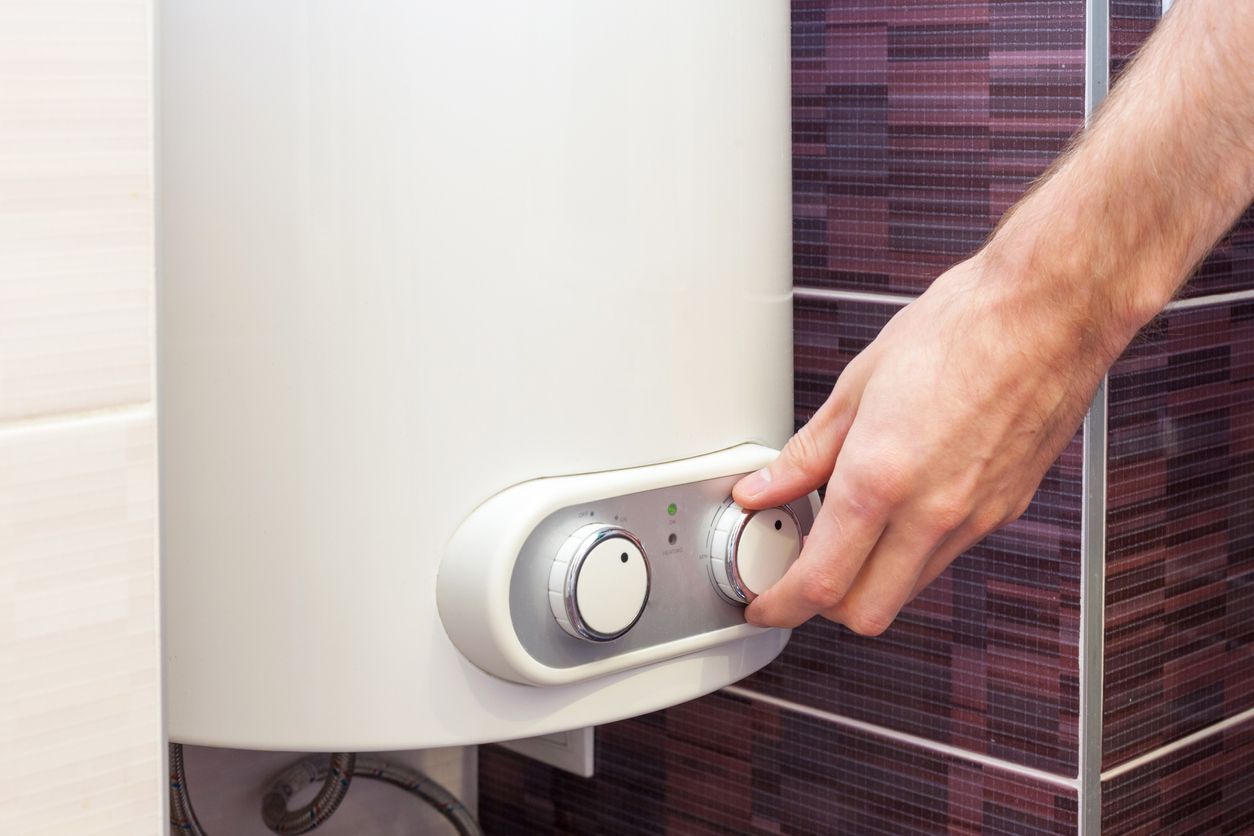Managing the Chief Water Heater Crisis Events
Managing the Chief Water Heater Crisis Events
Blog Article
Are you currently interested in tips about Is Your Water Heater Leaking??

A water heater is among one of the most important fundamental home appliances that can be located in a home. With water heaters, you don't need to experience the stress and anxiety of heating water by hand every single time there is a need to take a bath, do the laundry, or the dishes. There is constantly an opportunity that your water heating unit would act up as with many mechanical devices.
It is essential to note any kind of little breakdown as well as tackle it rapidly before points get out of hand. Most times, your hot water heater starts to malfunction when there is a build-up of debris as a result of continuous use. As a preventative measure, periodic flushing of your water heater is recommended to prevent sediment buildup and also protect against functional failing.
Typical water heater emergencies as well as exactly how to manage them
Dripping hot water heater storage tank.
In this situation, you must turn off your water heating unit, permit it to cool down, as well as meticulously look for the source of the trouble. At times, all you require to do is to tighten up a few screws or pipe links in cases of minor leakages. If this does not work as well as the leak continues, you could require to use the services of a specialist for a proper replacement.
Varying water temperature level.
Your hot water heater can begin generating water of various temperature levels normally ice cool or hot hot. In this scenario, the first thing you do is to guarantee that the temperature is readied to the wanted level. If after doing this, the water temperature keeps transforming during showers or other tasks, you may have a defective thermostat. There might be a demand to replace either the home heating or the thermostat unit of your hot water heater.
Insufficient warm water
Handling a not enough supply of hot water can be discouraging. It might be that the water heater can't support the warm water need for your home. To deal with this issue, you might attempt to change your heating unit's temperature level dial as well as wait for a couple of minutes. If the problem lingers, you can ask for the aid of a professional plumber. You might upgrade your water heating system to one with a larger capability.
Stained or smelly water
When this takes place, you need to know if the concern is from the tank or the water source. If there is no amusing smell when you run cold water, then you are specific that it is your hot water heater that is defective. The smelly water can be triggered by corrosion or the buildup of microorganisms or debris in the hot water heater storage tank. You can attempt flushing out your container or changing the anode if the issue continues once you notice this. The feature of the anode is to clean germs from your storage tank. Because the anode rod substitute needs an extensive expertise of your water furnace, you will need the assistance of an expert.
Final thought
Some homeowners disregard little warning and also minor faults in their hot water heater unit. This only results in additional damage as well as a feasible total failure of your device. You need to manage your hot water heater mistakes as quickly as they come up to avoid more expenditures and also unnecessary emergency difficulties.
With water heating units, you do not need to go via the stress and anxiety of heating water manually every time there is a requirement to take a bath, do the washing, or the recipes. Your water heating unit might start generating water of different temperatures generally ice chilly or hot hot. It might be that the water heating unit can not support the warm water demand for your apartment or condo. If there is no funny odor when you run cool water, then you are specific that it is your water heater that is defective. The odiferous water can be caused by rust or the buildup of microorganisms or sediments in the water heating unit storage tank.
What’s Wrong With My Water Heater?
Not Enough Hot Water
You probably encounter this problem in the shower or while washing dishes. As you run your water, you’ll notice it starting to cool down. Turning up the hot faucet may not work, or it may only heat the water for a short period. Your hot water probably comes back and works normally one or two hours after you use it up.
If you’ve never had enough hot water, your heater may be too small for your home. If you haven’t had a problem until recently, there’s probably something’s wrong with your heater’s thermostat. Try adjusting it to see if you can feel a difference. Even if the thermostat’s working, the heating element itself could have burnt out. It’s also possible that a clog has restricted water flow into or out of the heater. Luckily, none of these problems are hard to fix, as long as you call them in early.
Water is Too Hot
Unregulated water heaters can make water dangerously hot. You probably have this problem if you’ve been scalded by your hot water. It’s also a likely culprit if you have trouble getting your faucets to produce a comfortable temperature. This problem is easy to fix, but it can also be a serious health hazard if you don’t address it. If you think your water is too hot, don’t doubt yourself; look into it!
Start by finding your heater’s thermostat and mark its position with a pen. Turn the thermostat to a cooler setting. Wait a couple hours to see if the problem is solved. If it isn’t, listen for boiling in the tank and look for water that comes out of the faucet steaming. In those cases, your temperature-pressure relief valve may be malfunctioning. This is a serious problem that can be dangerous, so you should have it looked at right away.
Discolored or Smelly Water
If all your water looks rusty or smells weird, there’s probably a problem with your pipes. If only your hot water looks weird, however, your water heater is probably at fault. Hot water discoloration comes in several varieties. It could look orange or brown-ish, taste rusty, or feel grainy. It could also look yellow or green-ish and taste gross or feel slimy. Either way, it’s a sign that there’s something wrong with your water heater’s tank.
Usually, hot water discoloration means sediment has built up in your tank. Sediment is made up of hardened minerals that accumulate on the inside of the water heater’s walls. When enough sediment builds up, it causes all kinds of problems–including your discolored water. Try flushing your water heater tank to clean out built up sediment. If the water still tastes rusty, your tank’s rust-preventing anode rod may have worn out. A pro can replace an anode rod easily, but without one, your tank could rust beyond repair relatively quickly.
Leaking
Water heaters can leak from several different places, and each leak means something different. If the leak is coming from a pipe above the heater, it’s possible the tank itself hasn’t been compromised. The cold inlet, hot outlet, and T&P pipes could all leak from above. Try tightening the problematic valve. If that doesn’t work, then the valve or pipe will have to be replaced.
If the leak is coming from the bottom of the tank, it’s important to determine exactly where it is. The leak could be coming out of the drain valve or your T&P valve below the tank. You can replace those valves and preserve the tank itself. If you notice the water tank itself leaking, however, that probably means it’s corroded beyond the point-of-no-return. Leaking water heaters are a big deal, so you should get yours replaced ASAP.
https://www.punctualplumberdallas.com/blog/whats-wrong-water-heater/

We had been shown that editorial about Is Your Water Heater Leaking? through a friend on our other domain. So long as you appreciated our blog post if you please remember to share it. Thanks so much for taking the time to read it.
Ensure plumbing safety. Report this page